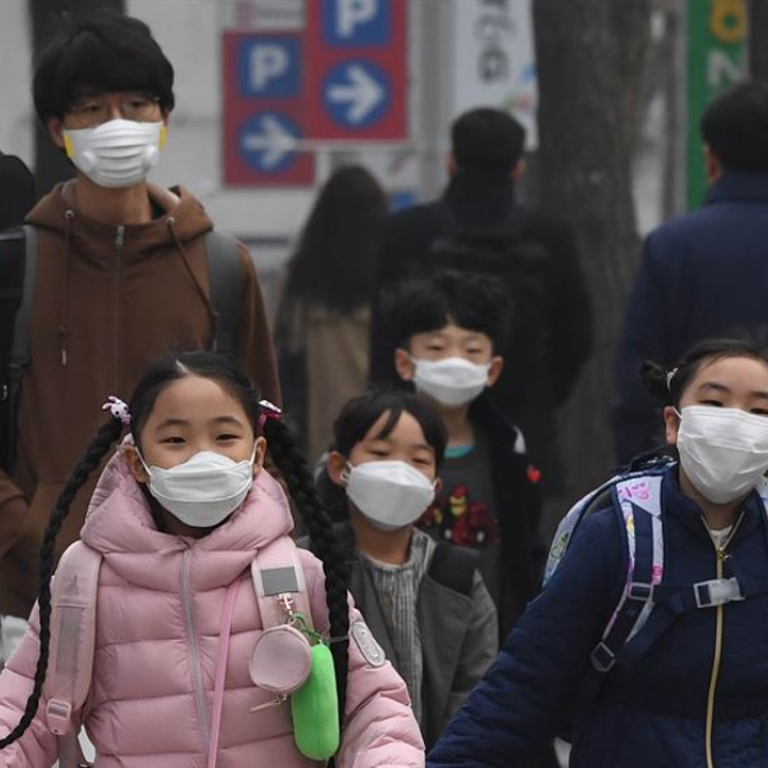
Tougher air pollution law in the South Korean capital bans outdoor classes
Working parents, whose children have nowhere to go if their schools close, criticised the change
By Ko Dong-hwan
Seoul’s tougher air pollution law bans schools from conducting outdoor classes whenever hazard levels seriously increase.
The revised law, announced Tuesday, affects the city’s elementary, middle and high schools. Whenever PM2.5 (particulate matter with a diameter of 2.5 micrometres or less) records 76 microgrammes per cubic meter for two hours or longer, the schools cannot have classes outside. The figure that previously triggered the restriction was 90 microgrammes.
The revision also included that whenever PM10 records 180 microgrammes per cubic meter for two hours or longer, the schools are advised to reduce normal hours or cancel classes for the day.
The Seoul Metropolitan Government and the Seoul Metropolitan Office of Education signed the revision after discussing the environmental problem and its effect on students.
Seoul Mayor Park Won-soon said that he had discussed the school closure initiative with education office Superintendent Cho Hee-yeon. But working parents, whose children have nowhere to go if their schools close, criticised the change.
Air pollution worsened across the city and the rest of the country last week, peaking on Sunday and Monday. In Seoul, the worst-hit in the country, the average PM2.5 concentration was 99 microgrammes per cubic meter on Sunday, the worst since South Korean weather watchdogs started monitoring air pollutants in 2015. The city’s level reached as high as 143 the following day.
Other parts of the country, including Gyeonggi Province, also recorded “bad” air quality during the days, a reference defined by the Korea Environment Corporation as within 51-100 micrograms per cubic meter.
The Ministry of Environment said Tuesday that stagnant air was the main cause of the pollution, because it prevented pollutants from drifting away. Instead, the situation worsened, with more particulate matter from in and outside the country.

